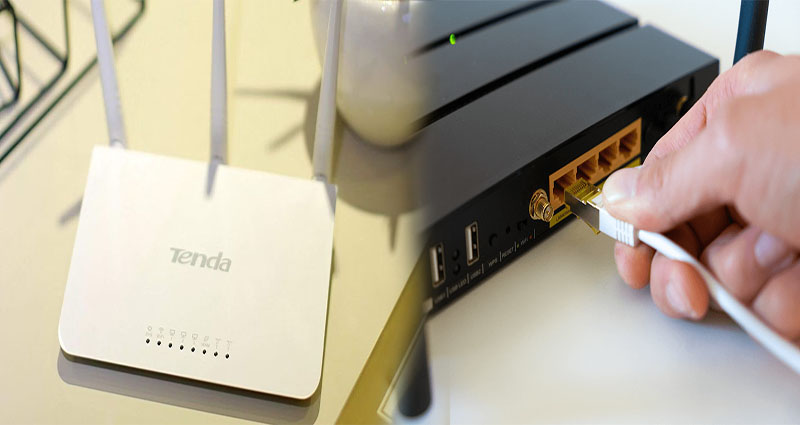Achieving Consistent Coverage in Large Homes: Leveraging Mesh WiFi Systems in Mesh Home Networks
In the modern era of smart homes and connected devices, ensuring reliable WiFi coverage throughout your residence has become a priority. For homeowners with large properties or multi-story houses, achieving consistent coverage can be challenging. This is where mesh WiFi systems come into play, offering a seamless and efficient solution to address WiFi dead zones and connectivity issues in large homes.
Understanding the Importance of Consistent Coverage in Large Homes
In a large home environment, traditional single-router WiFi setups may struggle to provide adequate coverage across all areas. The distance, walls, and obstacles can obstruct the WiFi signal, leading to dead zones where devices experience poor connectivity or drop-offs. Achieving consistent coverage throughout the entire home is essential to ensure uninterrupted Internet access, smooth streaming, and seamless connectivity for all connected devices.
Benefits of Utilizing Mesh WiFi Systems for Large Homes
1. Seamless Roaming
Mesh WiFi systems consist of multiple … Read More











